
Who Killed The Hyundai Santro? | Do Small Cars Have A Future?
- Jun 17, 2022
- Views : 33497

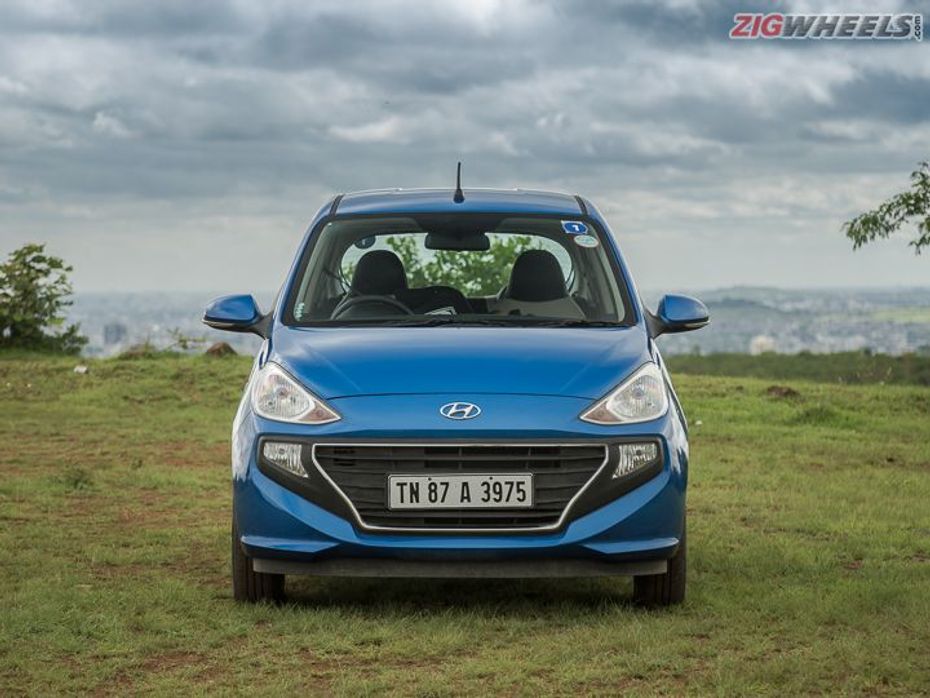
When the Hyundai Santro nameplate made a comeback in India in 2018, it did a lot of good things to give off a positive initial impression. The entry-level hatchback ticked all the boxes for a small yet spacious and sensible hatch for a first car. It was one of the few entry-level cars in India that got a four-cylinder petrol engine, and at the time also had better cabin quality over its rivals such as the Renault Kwid, Tata Tiago and the Maruti WagonR.
But despite all that, sales dwindled to the point where we’re bidding adieu to the Santro name for the second time. So what caused the revival of a once-popular moniker in India only to last four years? Well, there’s plenty of factors that came into play, and here’s a deeper dive into it:
Lacked Its Predecessor's Emotion
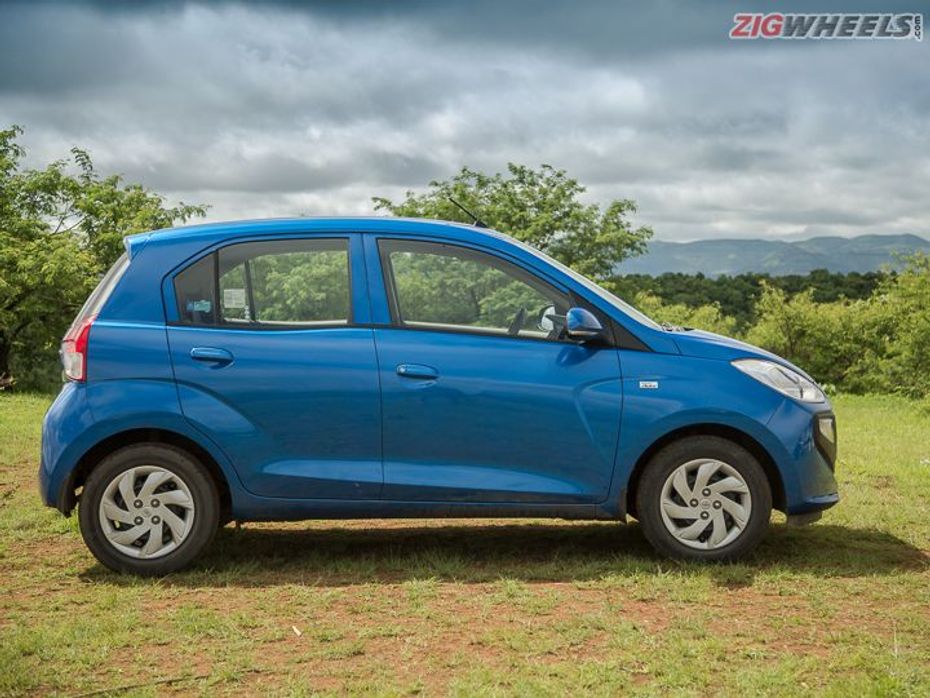
To those who’ve known the original Santro, the entry-level hatchback was instantly recognisable with a cute, tall-boy design. That wasn’t the case with the new-gen model; in fact, it didn’t even look like much of a tallboy, either. Moreover, it seemed more like a mashup between the discontinued i10 and the Grand i10 at the time. Also the lack of alloy wheels as well as LED headlights at a time when such bits had become a commonplace definitely played a factor in the new Santro not being as appealing.
That Price Tag
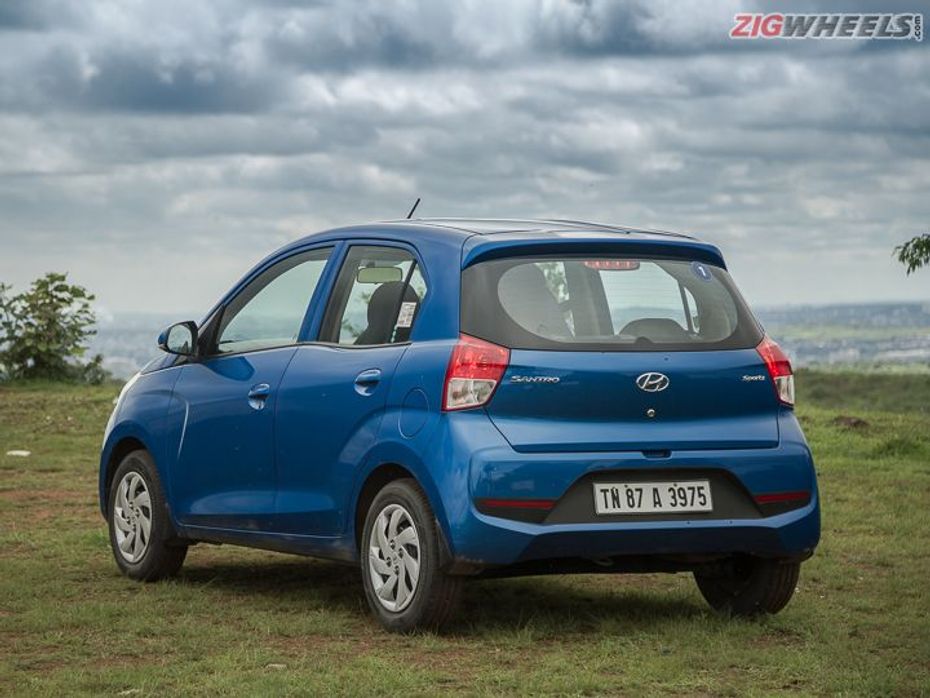
One of the big contributors to the Santro’s farewell was its price range. Sure, it started out in the acceptable Rs 3.9 lakh to Rs 5.5 lakh (ex-showroom) range, but prices increased to a point where its last recorded range was between Rs 4.90 lakh to Rs 6.42 lakh (ex-showroom Delhi). This already edged quite close to the likes of the Grand i10 Nios and the Maruti Suzuki Swift, which was a segment above it. It made little sense to consider buying a Santro as you’d get a bigger car, more cabin space and additional features within that price range.
Safety Standards
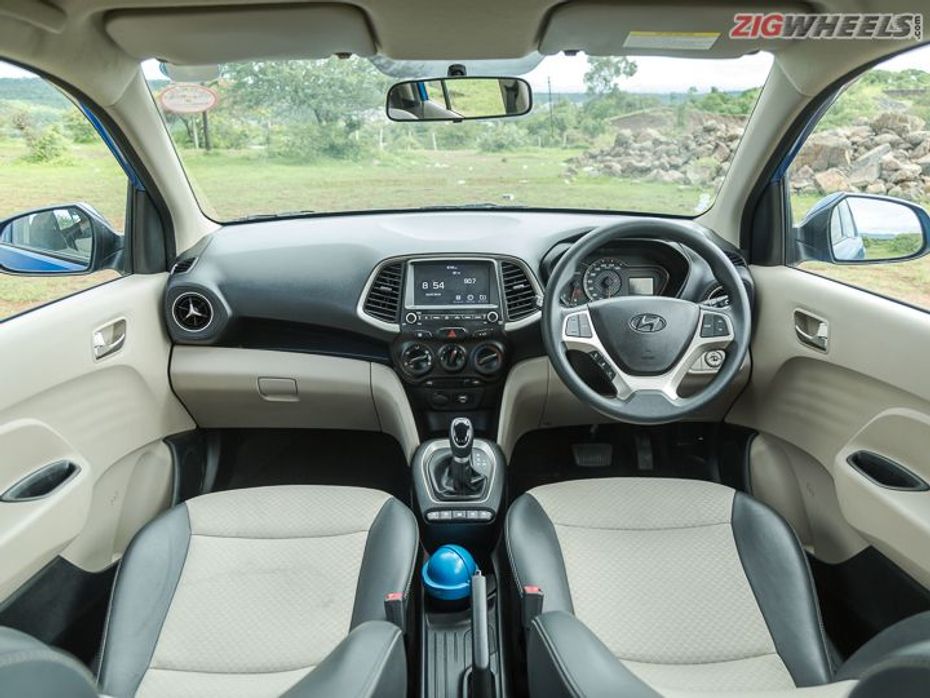
Being an entry-level hatch, its safety kit was already at the bare minimum with dual airbags, a rear parking camera, front seatbelt pretensioners, and ABS with EBD. Unfortunately, that wasn’t enough, and it only scored a 2-star Global NCAP safety rating. On top of this is the upcoming mandatory ruling to have six airbags as standard on cars in India. Adding four more airbags just wouldn’t be feasible as it would shoot up the price tag, thus going well over its targeted segment, which likely was the final nail in the coffin.
Economies Of Scale
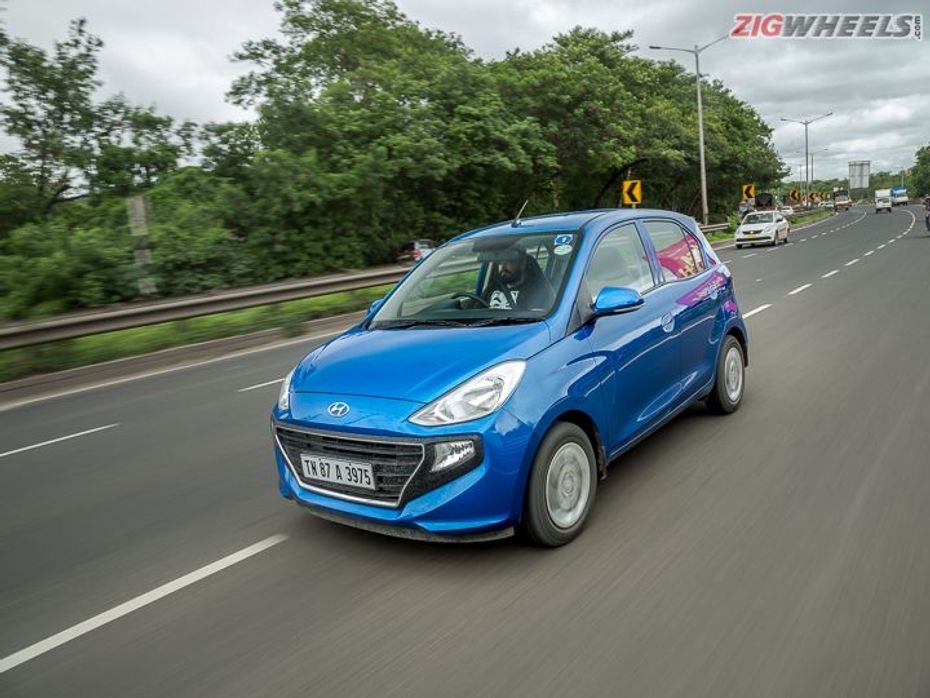
Hyundai Santro buffs may have been delighted that the revived model was the only model in its lineup running the original Santro’s 1.1-litre petrol engine. But it missed out on economies of scale. By that we mean Hyundai’s 1.2-litre petrol engine is shared with the Grand i10 Nios, i20, Venue, as well as the Kia Sonet, saving costs. So it didn’t make much sense for Hyundai to keep the 1.1-litre engine exclusively alive for the Santro.
What’s Next?
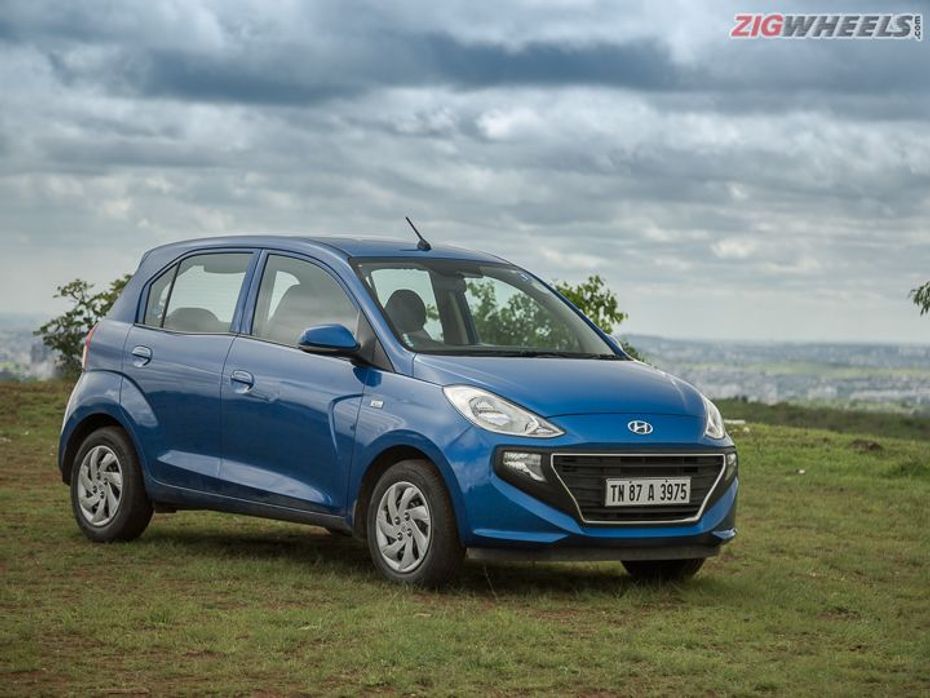
As things stand, the Hyundai Grand i10 Nios will be the carmaker’s new entry-level model, priced from Rs 4.99 lakh to Rs 8.01 lakh (ex-showroom, Delhi). But that won’t be for long, as the carmaker is slated to bring in a micro-SUV which should take on the Maruti Suzuki S-Presso, Tata Punch, the Renault Kwid and the upcoming Citroen C3.

Who Killed The Hyundai Santro? | Do Small Cars Have A Future?

Hyundai Santro Bows Out For The Second Time

Diwali 2020 Offers: Savings of Up To Rs 1 Lakh on Hyundai Santro,...

Leaked! Hyundai Santro BS6 Gets A Price Hike And A New Variant

Hyundai Santro BS6 To Launch Soon, Details Revealed

Here’s What Hyundai Offers On The Santro Anniversary Edition For Rs...

Hyundai Santro Lineup Rejigged! Era Executive Is New Base Variant

Hyundai Santro Lineup To Get A Revision And New Base Variant

Cars You Should Buy This Diwali - Hyundai Santro, Mahindra Marazzo,...
India's largest automotive community